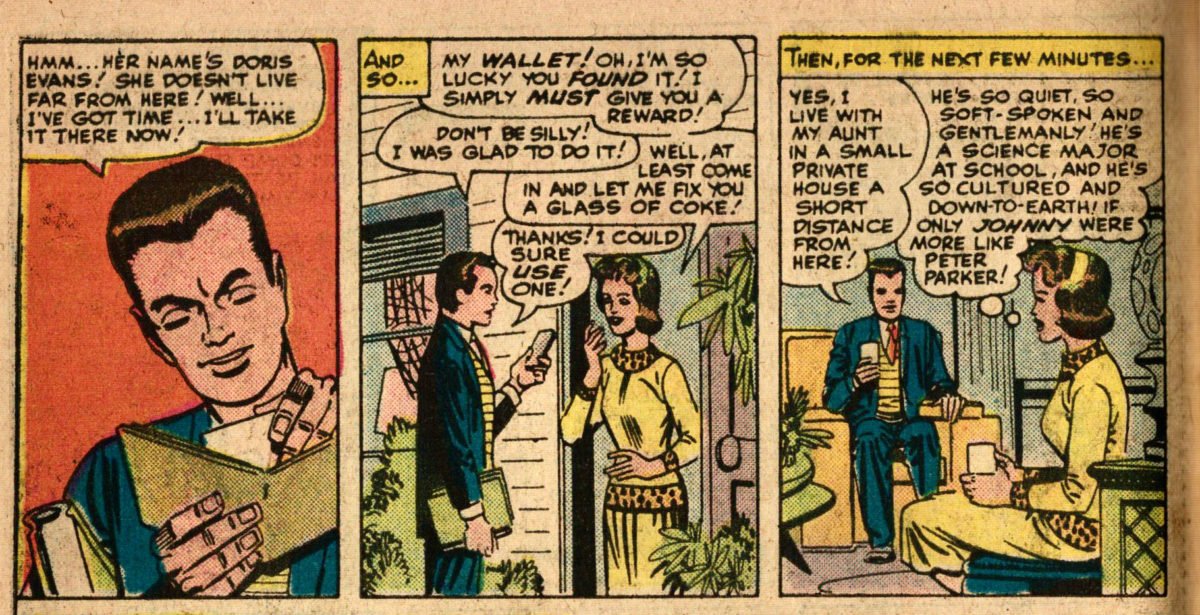Featuring: Hulk
Release: March 3, 1966
Cover: June 1966
12 cents
Script: Stan Lee, D.H. (Doctor of Hulkishness)
Layouts: Jack Kirby, M.H. (Master of Hulkability)
Art: Bill Everett, B.H. (Bachelor of Hulkosity)
Lettering: Artie Simek, P.H. (The Pride of Hulkdom)
10 pages
| Previous | #564 | Next |
|---|---|---|
| Thor #139, Story B | Reading order | Tales to Astonish #81 |
| Tales to Astonish #80 | Tales to Astonish | Tales to Astonish #81 |
There is no Banner! Only the Hulk! I’m the Hulk! The Hulk!

At this point, continuity becomes complicated, and things will move fast. Let’s recall where we were.
We read the first half of this issue a while back. Namor had defeated the Behemoth, but returned in victory to find Dorma had fled with Krang, and that they were to wed. She agreed to the marriage only to save Namor’s life. But Namor doesn’t know that. So now he’s angry.
Hulk just had a fight with Hercules.
Thor defeated the Troll army in a war. Spider-Man bought a bike and met a girl named Mary Jane. Daredevil escaped from the Owl’s trap, but had not been around to defend the Rhino. The Avengers have returned from a South American adventure (though this may lead to a small continuity hiccup we’ll discuss). Hank and Jan have recently rejoined the team. Wanda and Pietro remain in Europe recovering their powers. Dr. Strange has defeated Dormammu (well, Eternity did most of the work). Iron Man defeated Ultimo and returned home to find Senator Byrd had closed Stark factories, but not before they were able to make a suit to contain John Jameson’s newfound powers.
The Fantastic Four and X-Men are mostly doing their own thing lately, without much interaction with the other heroes.
Most relevantly, Nick Fury had warned Captain America about the threat of an organization of scientists named Them in Tales of Suspense #78. Meanwhile, in Strange Tales #146, an organization of scientists called AIM was offering to help the US government with weapons technology, but only if they removed Nick Fury as the head of SHIELD.
Our story opens with Hulk moping about not having friends. When Tyrannus pulls him beneath the surface.

We met Tyrannus in Incredible Hulk #5. Tyrannus has long ago been banished beneath the surface by Merlin; there he found the Fountain of Youth, and the race called the Tyrannoids who now serve him. A race similar to those Tyrannoids (but a little different-looking) was also revealed to serve the Mole Man in Fantastic Four #22. Several people claim to rule the underworld, including Kala, and the Lava Men.
Continue reading “Tales to Astonish #80, Story B”



























